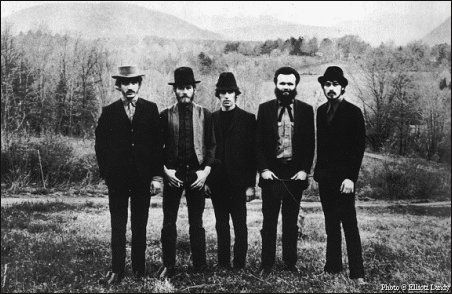Teaching History Digitally
- Gabrielle Bossy

- Nov 18, 2013
- 3 min read

The 2013 Canadian History Forum showcased some great panelists speaking on the topic of teaching history via digital means. In particular, Stephane Levesque and Dave Cormier discussed the possibilities of digital technology in opening the field of history for a vast audience and what this means for educating and engaging students. This blog post will discuss each of these speakers and give some of my own thoughts on their work.
Stephane Levesque aimed to teach his audience that technology does not necessarily equate with student engagement. Rather, despite the ten-minute WOW factor that students often exhibit when utilizing new forms of technology, learning must still be done in a disciplined manor and the content needs to be provided and rich with things that one’s students find interesting. I couldn’t agree more! I can’t name the amount of times when I’ve been impressed with the design of somebody’s power point slide, or the results of an unfamiliar digital project presented to me only to be nodding off asleep within ten minutes as the shiny new medium wore off and I realized that I actually found what I was learning quite dry or inaccessible. Inaccessibility- another big issue that Levesque addressed. In the age of Google, we often look to any digital platform with the same kind of eye- searching for a menu or search bar to use that platform like any database-driven technology. The problem with that is that not everything is driven by a database search. For example, going through a digital exhibit like the online one for the Museum of Natural History means clicking through each room just as one would if they were walking through the museum. One cannot search for a specific artifact; it is a matter of sifting. Because of this, we need to educate our students. While online exhibits like the one I was speaking about are quite self-explanatory, other digital platforms are most definitely not. If we expect our students to use them, we should provide the learning opportunity to them and the trouble-shooting needed to aid them in their journey. Speaking from my own experience, my most fruitful weeks in my digital history course have been the ones where our professor has gone through a new digital program and taught us the basics, unassuming that we knew how to use the platform. For example, in our first week, our professor showed us how to embed a link into our blog posts so that when one clicks on a specific word they were taken to that link. It’s basic but it helped. Checking in with students about what they know about EACH AND EVERY digital platform used in the classroom is vital.
Dave Comier ushered the talks on digital education and history further forward with his talk on MOOCS (Massive Open Online Courses). For Cormier, MOOCS allows people across the globe to connect on whatever it is they are passionate about. From this, one can gain valuable perspectives, teach a large audience and bring new categories of information to the forefront of academia whereby new information can be divulged and shared in a very open environment. One drawback to these MOOCs is their low completion rate- but Cormier, via Twitter, questioned if this is a legitimate problem as often it is a matter of teaching or learning what one feels one needs and exiting the course. Maybe it is just as beneficial without completion. Cormier divulged some great potential for this way of teaching a topic. First one can get points of view from across the world that would be limited in a real classroom setting where perspectives are confined to those around you. Second, he speaks about single projects spreading into more and bigger projects that connect a large group of people. For example, he imagines students in several classrooms across Canada contributing to a single history project online and from there creating more and bigger projects- a really cool thought if you ask me!! I love the idea that technology can bring people together to work more meaningfully rather than confine us each to our independent work on our own laptops, in our own offices in our own small and meaningless worlds. Digital history and teaching is now a way to connect!
Moving forward, I would love to see these projects and digital history applied to a university setting. Although Masters degrees are largely independent, it would be neat to incorporate digital archival work or interviews with other university institutions to create meaningful databases or other programs that engage students. Maybe this will happen in the future of Western’s Public History program!



Comments